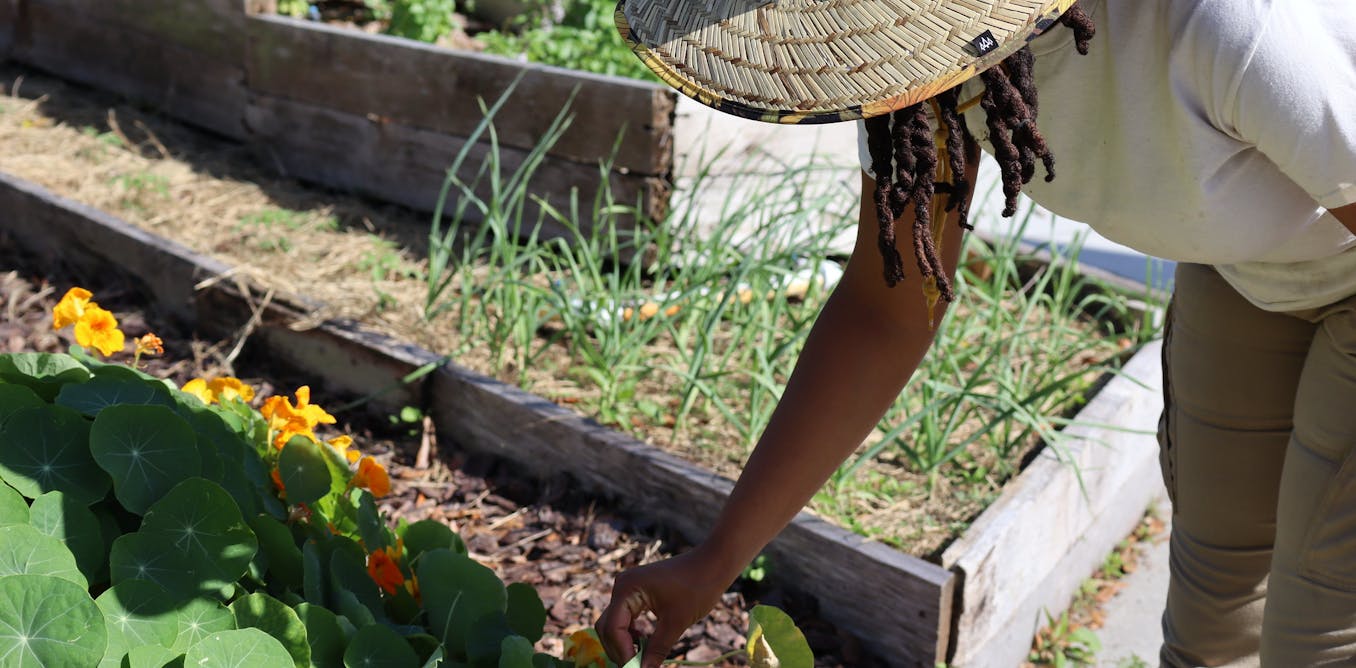The Basic Principles Of City Blooming
The Basic Principles Of City Blooming
Blog Article
Some Known Incorrect Statements About City Blooming
Table of ContentsThe Single Strategy To Use For City Blooming5 Easy Facts About City Blooming ShownSome Known Questions About City Blooming.The Basic Principles Of City Blooming A Biased View of City Blooming
Fascinated in expanding food available for sale in the City of Chicago? Assuming regarding beginning a neighborhood garden? Modifications to the Chicago Zoning Ordinance allow agricultural uses like community gardens and urban ranches in several components of the city. Below is a listing of regularly asked questions concerning the policies and guidelines that growers should think about when planning an urban farming project.
The zoning modification does not change any type of various other codes dealing with composting, structure permits, purchasing or renting City had residential or commercial property, business licenses or ecological contamination. There are existing codes that regulate these concerns and they stay in complete result and might apply to your project. Community yards are typically possessed or handled by public entities, civic organizations or community-based companies and preserved by volunteers.
Urban ranches grow food that is meant to be offered, either on a not-for-profit or for-profit basis. Because of their industrial purpose, city farms require an organization license. Yes. A neighborhood yard is permitted to offer excess generate that was grown on site if the sales are accessory or secondary to the yard's primary objective explained over.
The Greatest Guide To City Blooming
Composting is permitted but only for plant material that is generated and utilized on website. The quantity of garden compost product can not go beyond 25 cubic backyards at any given time according to the requirements in 7-28-715 of the City's Municipal Code. Yes. Due to the fact that the dirt at most brand-new garden sites requires changing, compost, soil, timber chips, or various other products can be acquired to construct or improve the expanding room - home and garden.

If a building permit is called for after that the hoophouse will certainly be considered an accessory building. You can locate out even more regarding the structure authorization demands by calling the Department of Buildings. The 25,000-square-foot size limitation is meant to stop a single area yard from dominating a provided block or interfering with the block's existing property or industrial character.
The limitation does not use to yards located in Public Open Room (POS) areas. Can there be more than one community garden that is 25,000 square feet on a solitary block? Fence is not needed, nevertheless, gardens that have huge parking areas might be called for to set up fencing or various other landscaping features.
The Basic Principles Of City Blooming
B1 & B2 areas call for that all best site industrial usage activities be performed inside. R districts restrict business task. The regulations show the objective and intent of the Zoning Code. Is fencing required for metropolitan farms? Yes. Fencings might be needed, in addition to landscape design and screening, for certain car park locations and outside work or storage areas depending upon place and the particular activity taking place.
Yes. Urban farms need building authorizations and zoning authorizations before building. Various other kinds of city testimonial may be needed depending on certain structures, activities, dimension, landscape design, licensing, public health and stormwater administration problems. Many of these demands are recognized in the job style or permitting procedure, nevertheless, the candidate may be responsible to individually determine particular licenses or allows that may be required.
The Division of Organization Matters and Customer Defense can aid determine the certain type of organization license that's needed. Off road car parking is required for most commercial jobs in Chicago. The needed number of vehicle parking areas is based on the number of workers working on site and not the square video footage of the expanding space.
Some Known Facts About City Blooming.

Yes. An urban farm can market compost material generated on site, however, the procedure needs to conform with the policies in 7-28-715 of the Chicago Municipal Code. Yes. Aquaponic systems are allowed inside your home on urban ranches in many zoning areas. Nevertheless, a zoning review and structure authorization is called for in order to install frameworks or systems and an organization license is called for as described over.
Approximately 5 hives or nests of honey bees might be kept as an accessory use. Nevertheless, beekeepers should sign up with the Illinois Division of Agriculture. For even more details regarding the recommended zoning modification you might call the Department of Real Estate and Economic Advancement, Bureau of Preparation and Zoning at 312.744.8563.
Farming in cities and metropolitan locations An urban farm in Chicago. Urban agriculture describes various practices of cultivating. https://cityblooming.jimdosite.com/, handling, and dispersing food in city areas. The term likewise relates to the area tasks of pet husbandry, aquaculture, beekeeping, and cultivation in an urban context. Urban farming is identified from peri-urban agriculture, which happens in backwoods at the side of residential areas.
See This Report about City Blooming
, who seek to create social networks started on a common principles of nature and neighborhood holism. These networks can develop by method of formal institutional support, coming to be integrated into neighborhood community preparation as a "shift community" activity for lasting city growth.
Some of the very first evidence of city agriculture comes from Mesopotamia.
Report this page